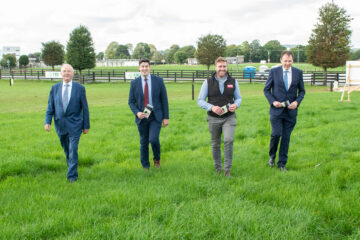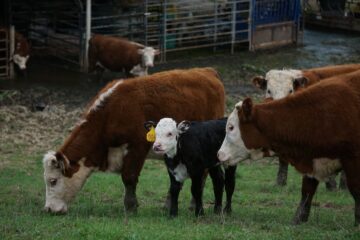Europe is currently reeling from the economic fall out of the war in Ukraine and the resulting trade sanctions placed on Russia. For May 2022, the preliminary figures suggest that inflation came in at 8.1%, a new all time record for the eurozone. This severe inflationary pressure is in large part due to shortages of oil and gas as well as the rise in the cost of food. Much of the world’s grain comes from Russia and Ukraine but so too does much of the world’s fertiliser. Nearly half of all ammonium nitrate, a key ingredient in nitrogen based fertilisers, is produced in Russia. A pressing question for European agricultural policymakers is how to keep farming output up while combating dairy’s emission problem.
One Norwegian startup, N2-Applied, has spent the last ten years examining how best to end the reliance of farmers on artificial fertilisers. Before the widespread use of artificial fertilisers, livestock manure was the traditional method of fertilising fields. It is a natural source of nitrogen and as a by-product of agriculture, it fits nicely into the cyclical model of reducing waste. Unfortunately, it is not that simple to just return to how things were in the past, livestock slurry is far less nitrogen rich than artificial offerings thus leading to reduced yields. N2-Applied looked at this problem and wondered if there was a way to improve the already plentiful natural fertiliser.
The company has developed a machine that can be used on the farm to enrich already plentiful slurry. The machine is about the size of a tractor and it works by extracting nitrogen oxide from the air and pumping it into the slurry. The result is a fertiliser that is as effective as artificial products and more environmentally friendly. By treating the slurry with nitrogen oxide, the chemical makeup changes, preventing the methane and ammonia from leaking out. This could be important for the dairy industry to become net zero in the future.
In a recent case study carried out by the company last Summer, the experiment made use of “locally produced energy generated from solar panels.” The farm, located in the Røros region of Norway, has a herd of 130 dairy cows. The N2-Applied unit was installed at the farm and got to work treating the slurry. The results were impressive, the “nitrogen requirements of the fields at [the farm] have been completely satisfied, eliminating the need to apply chemical fertilisers”. The report also notes the farmers found it “highly rewarding” to leverage their existing resources and that the process “integrates well into their existing farm system”.
The company had already piqued the interest of investors and institutions alike. The firm raised $9.8 million for the international commercial rollout last year and secured a €15 million grant from the European Commission’s European Innovation Council (EIC). The company is carrying out further trials this Summer and hopes to use the results to develop their next interaction of their invention. The EU’s Farm to Fork strategy, which aims to see a 25% reduction in fertiliser use, has focused European AgTech on creating solutions such as the one developed by N2.



